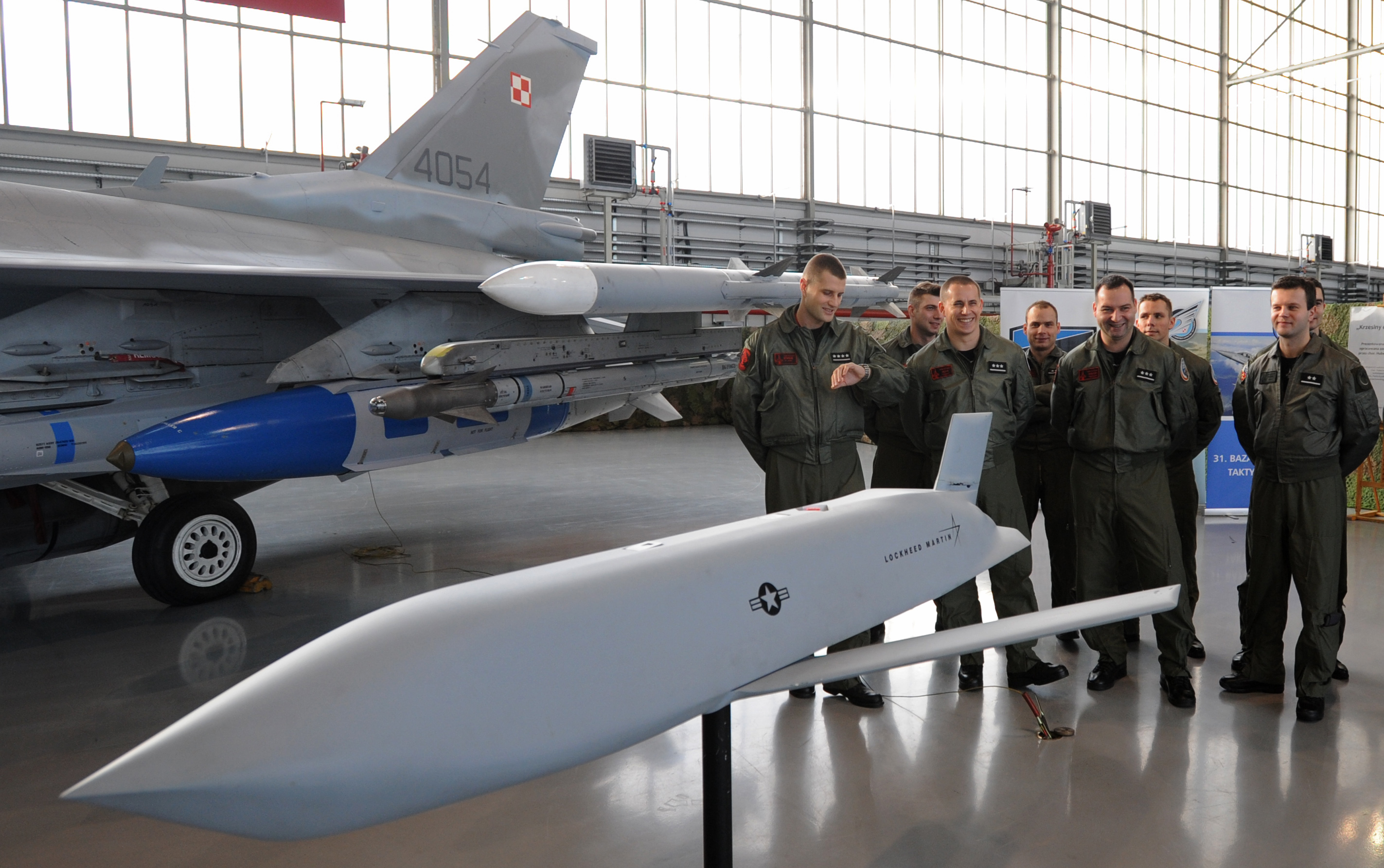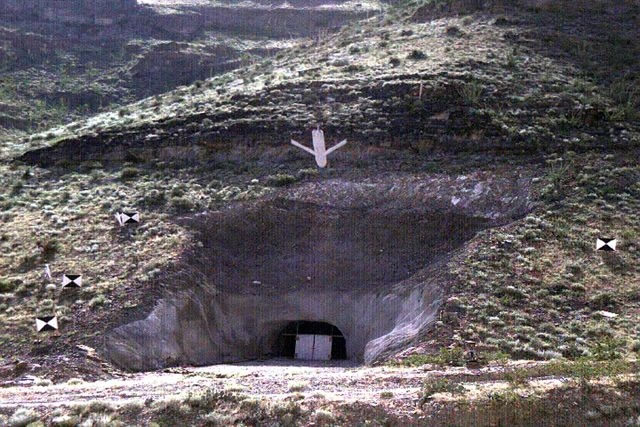A Long Lance for Polish Hussars
In
Login if you are already registered
(no votes) |
(0 votes) |
Research Fellow at the Primakov Institute of World Economy and International Relations under the Russian Academy of Sciences, RIAC expert
It seems that the long-term dream of Polish aviators is coming true—as the U.S. Department of State has notified Congress about the admissibility of JASSM-ER long-range cruise missiles to be sold to Poland.
The JASSM (Joint Air-to-Surface Standoff Missile) program was created in 1995 in order to develop an ultimately universal cruise missile that could be launched from different platforms—from strategic bombers to fighter jets. Lockheed Martin’s AGM-158 project won the bid. Facing certain difficulties and delays, flight testing began in 1999. Initially, operational availability was announced for 2003, while the project still being finalised over the following several years together during large-scale production. The development of the extended-range missile began right away—the original AGM-158A’s range is about 370 km, while for the AGB-158B JASSM-ER (ER – Extended Range), it is over 900 km due to a more efficient engine and the use of internal volume for additional fuel without changing the weapon's external dimensions [1]. ER missiles entered into service in 2014 and are usually purchased together with «classical» missiles as they are a little cheaper [2] and the range of about 1000 km is not always necessary. The US military intends to buy a total of over 5,000 missiles from this family, while more than 2,000 missiles have already been delivered.

Presentation of AGM-158A in Poland ©AP Photo/ Alik Keplicz
Generally, the creation of this missile fits in the outlined trend of adding extended-range means of destruction to tactical aviation—satellite navigation proliferation, engine technology and guidance system development progress have made it relatively available: the analogues of the American missile are the British-French Storm Shadow (SCALP) or the German-Swedish KEPD 350. The Х-59МК2 missile is being designed in Russia and is an analogue to JASSM through its tactical aviation operability. In terms of survivability enhancement, such missiles emphasize stealth over speed—the speed being subsonic as there is no another way to increase range capability at a decent size of the missile, while the danger areas are usually passed at low level, hiding from radars beyond the horizon by means of radar signature reduction measures (usually called «stealth»). In many cases, these missiles are meant to destroy important pre-scouted stationary objects—command centres, different bunkers, warehouses, bridges, etc. AGM-158 missiles and their derivatives have a penetrating destructive warhead, weigh about 450 kg, and consist of about 100 kg of extremely insensitive explosives. An anti-ship missile AGM-158C LRASM is being designed on the JASSM basis.
AGM-158A missiles are operated by the USA, Australia, and Finland. At the end of 2014, Poland concluded a purchase of 40 JASSM for its American-built F-16C/D fighter jets, reaching initial operational capability with the weapon in March 2017. Though from the very beginning, this contract didn’t work out 100% for Poland since the missile range capability is limited—it is enough to cover part of the Baltic region aerial dimension from Poland, so the weapon is more defensive than «Russia-deterring» as the Polish government would like it to be. It should be noted, that the connotation of the word deterrence is quite negative and means «intimidation». The negotiations on the necessity of JASSM-ER purchase started in 2014 and analytical centres like the Atlantic Council recommended signing the contract, though it was suspended by the US government for political reasons. Now that Barack Obama’s term of office is ending, many of the suspended contracts are being approved. In particular, some previously mentioned macro-contracts for fighter jets for the Persian Gulf States were approved, such as the Polish inquiry for delivery of 70 missiles and the necessary support equipment totalling USD 200 million. In this case, Poland is becoming the first foreign JASSM-ER buyer. It is notable, that the contract is almost twice as large as the one for basic missiles, which again proves that Poland was initially aiming to buy JASSM-ER, and the original missiles purchase was an interim decision (thus providing enough time to train staff and upgrade the aircraft).

JASSM hitting the tunnel during the tests ©USAF
Poland buying long-range cruise missiles that can reach targets in the western part of European Russia from Polish airspace, will be treated unfriendly in Moscow. As a response, one should expect an increase in the air defense system in the Kaliningrad Special Defense District of Russia and a securing of the air defense in the Union State of Russia and Belarus, so that the hostile rhetoric of the Polish politicians on being ready to counter the imminent Russian invasion could be a little less truthful.
1.It should be noted, that the numbers are provided for the most optimal conditions, in this case—optimal high-altitude ballistic trajectory. Should the missiles fly at low level and hide from air defenses, fuel consumption will increase dramatically.
2.The cost of AGM-158B for the USA Air Force is now a little over USD 1 million, while the original missile, according to different estimates—about USD 850 thousand.
(no votes) |
(0 votes) |




